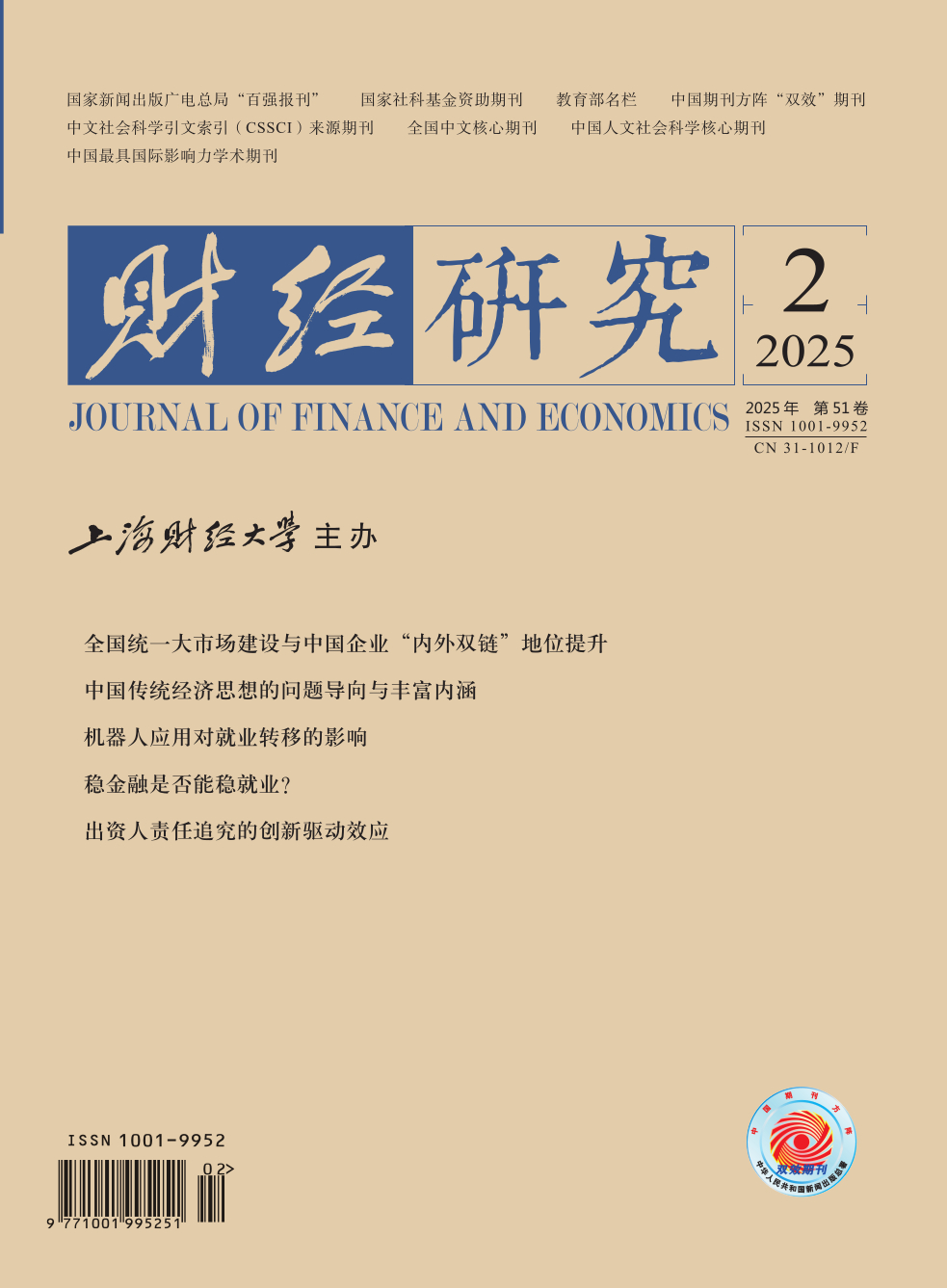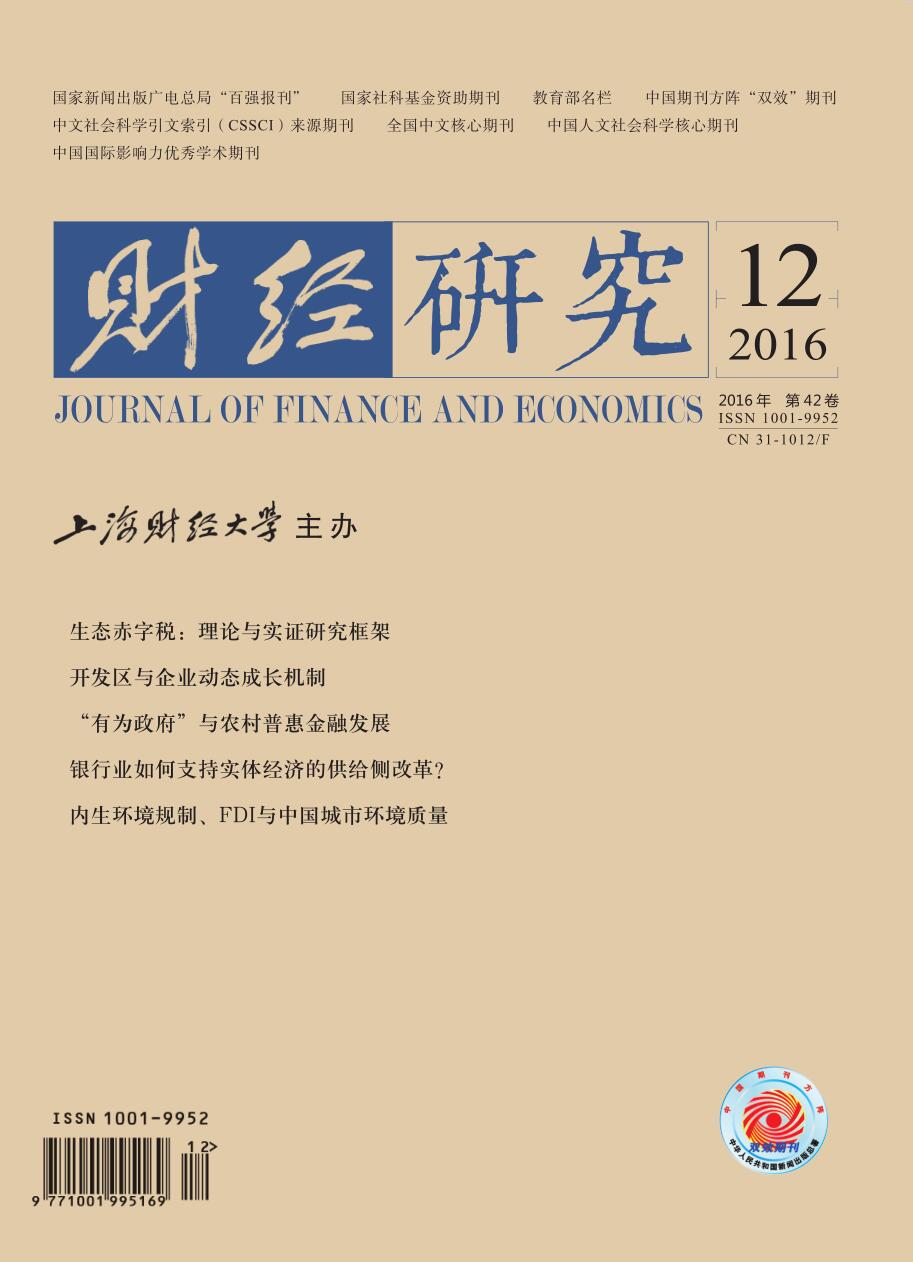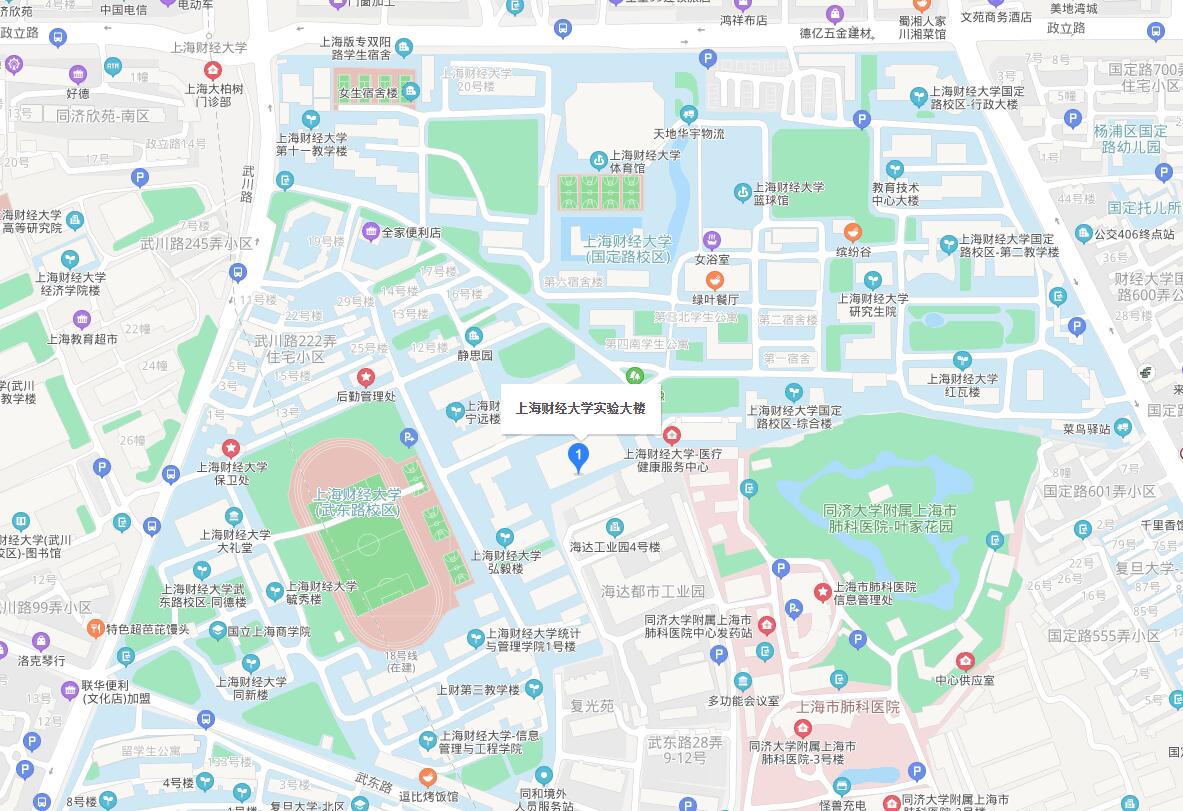Based on the Thousands Villages Investigation of 2015 by Shanghai University of Finance and Economics, and from a perspective of the large concept of inclusive finance, this paper measures inclusive finance by penetration, usage and effectiveness, and takes policy support, grass-roots work and infrastructures to measure active government. Then it analyzes the effect of the active governments on inclusive finance and regional differences, and arrives at the results as follows:firstly, the development of rural inclusive finance is the best in East China, and the governments in West China are the most active ones; secondly, the core of inclusive finance is to improve the usage of finance services, especially the usage of banking services; thirdly, but as an active government, it should be active comprehensively; fourthly, the active governments can be useful to enhance the inclusive finance significantly, but government support mainly in the way of subsidies with a threshold does not always promote the development of inclusive finance and should be used cautiously; fifthly, in the development of inclusive finance, West China should increase the construction of financial infrastructures and improve the policy support, and East China should strengthen the work of the grassroots governments.
 / Journals / Journal of Finance and Economics
/ Journals / Journal of Finance and EconomicsJournal of Finance and Economics
LiuYuanchun, Editor-in-Chief
ZhengChunrong, Vice Executive Editor-in-Chief
YaoLan BaoXiaohua HuangJun, Vice Editor-in-Chief
"Active Government" and the Development of Rural Inclusive Finance: Based on "Thousands Villages Investigation" of SUFE 2015
Journal of Finance and Economics Vol. 42, Issue 12, pp. 72 - 83 (2016) DOI:10.16538/j.cnki.jfe.2016.12.007
Abstract
References
Abstract
Cite this article
Su Fang, Fang Lei. "Active Government" and the Development of Rural Inclusive Finance: Based on "Thousands Villages Investigation" of SUFE 2015[J]. Journal of Finance and Economics, 2016, 42(12): 72–83.
Export Citations as:
For
ISSUE COVER
RELATED ARTICLES




 8756
8756  6350
6350

